Take a moment, and just listen. What can you hear right now? Sirens? Public service announcements? Bird song?
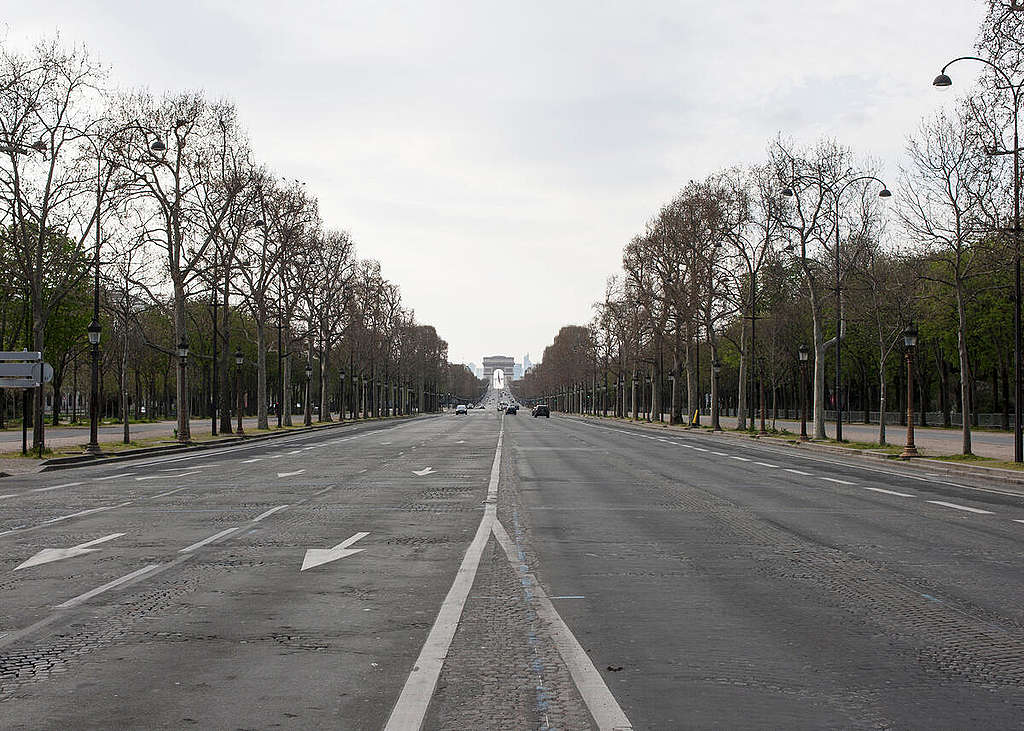
For the last three months I’ve watched time passing through my window. In country after country, city after city, we have felt the fear and pain of loss, we’ve honoured the work of health professionals and frontline workers, we’ve joined in solidarity with our neighbours.
Being forced apart has brought us closer together.
We’ve also seen gaps widen. Generations of injustice and inequality compound, as safety nets overstretch and disaster capitalists plunder
, leaving resourceful individuals, families and communities exposed to greater risk and struggling to cope.
Nothing is like before.
The COVID-19 pandemic has emptied parts of our cities, and shocked the global economic system. Empty spaces in once bustling cities have become a symbol of the pandemic crisis. It’s up to us how we choose to fill that space.
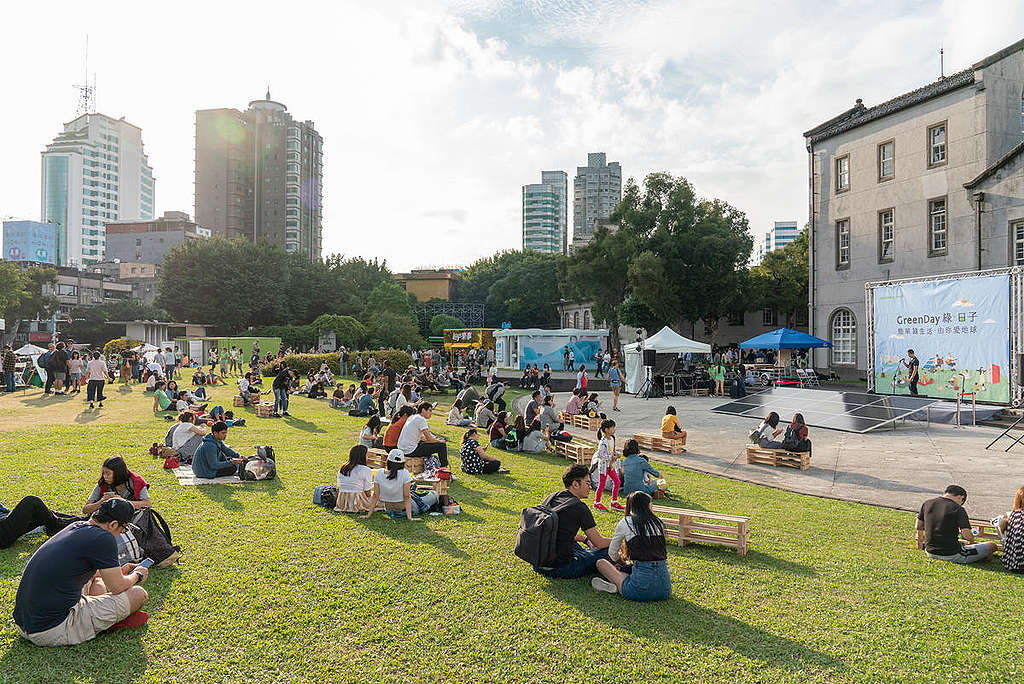
55% of us live in urban areas and that number is only going to increase. Now is our chance to build back better cities that are resilient to disasters, centred around the well-being of all their citizens, where no-one is left behind and we can live to be healthy, happy and connected. Cities where we can consume less of Earth’s precious resources, but live more.
We need to build cities that are healthy for people and the planet. Pandemic and economic crises are colliding with the ongoing climate emergency. We must tackle them together. Here’s how.
Four ways to reimagine a better city
1. Greener transport
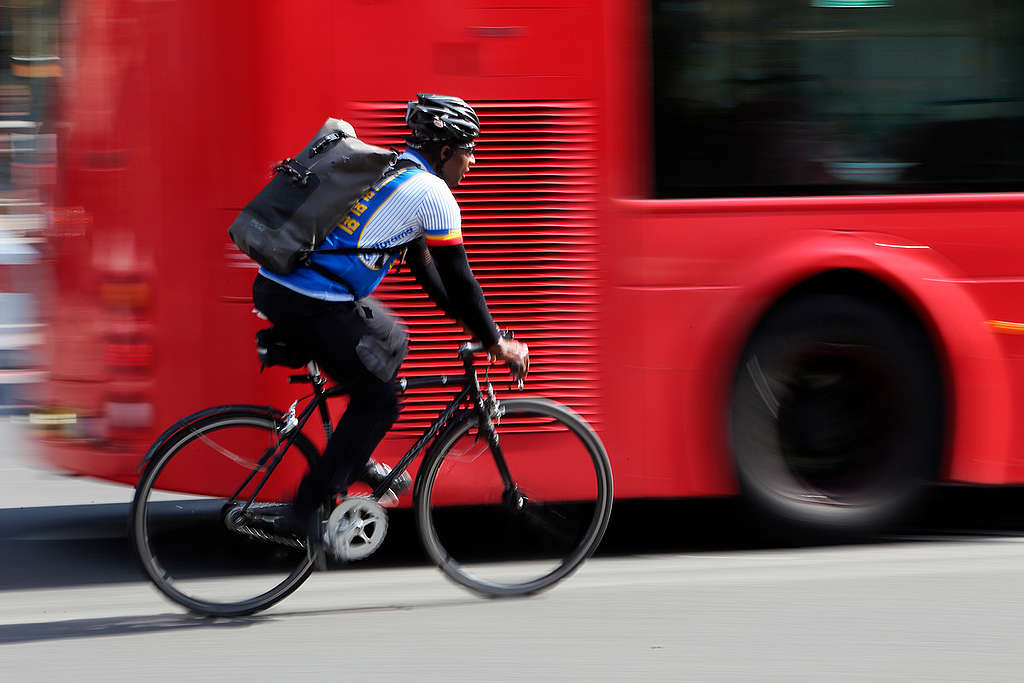
Cars occupy an average of 50% of a city
, if you count roads and parking lots. The average city dweller might spend 100 hours in traffic jams every year. And the transport sector is the fastest growingcontributor to the climate emergency. Something isn’t right.
Cities should be made for people, not for cars.
Now we have an opportunity to redesign mobility in cities; to expand bike lanes, to make walking safer, to build better trains and bus systems, even banning cars from cities altogether. We need safe, affordable and sustainable ways to get around our cities, and that doesn’t involve cars.
Mayors need to take bold moves
. Green neighbourhoods could emerge, as we close down congested roads for citizens to reclaim their space
2. Greener food
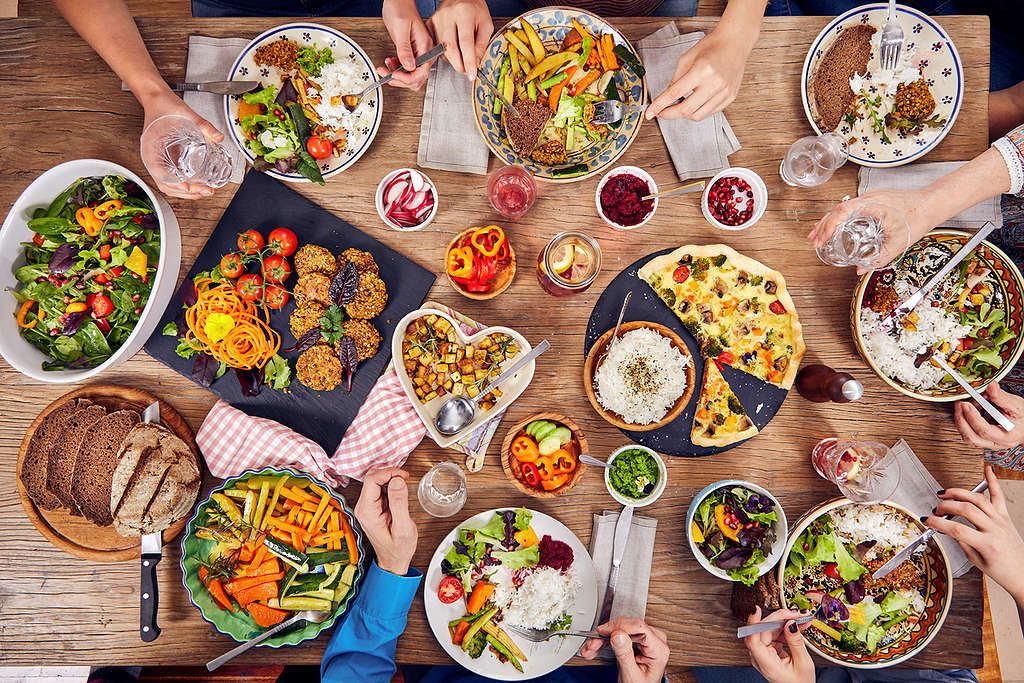
When lockdowns began in many cities, people worried that there might not be enough food for everyone. Our cities have become very fragile, especially in times of crisis, with rising food insecurity and inequality.
The way we grow our food contributes to 24% of global greenhouse gas emissions.
Animal agriculture, contributes to 14% and food waste and loss to 8%. There’s only one winner from this broken system: the industrial agriculture complex.
Imagine living in a city where all your food is grown locally, in urban farms or within the region, it’s seasonal and ecological. A growing movement of farmers, citizens, mayors and communities are building the future of food to make our urban areas more resilient. They are growing healthy food in urban farms and allotments, rooftop gardens and balconies; they are organising farmers markets, food co-ops and places for people to exchange and access healthy food; they are choosing to serve more plant based food in public canteens and restaurants; they are growing, buying and cooking seasonal and local ingredients, bypassing unreliable and polluting imports.
3. A greener economy
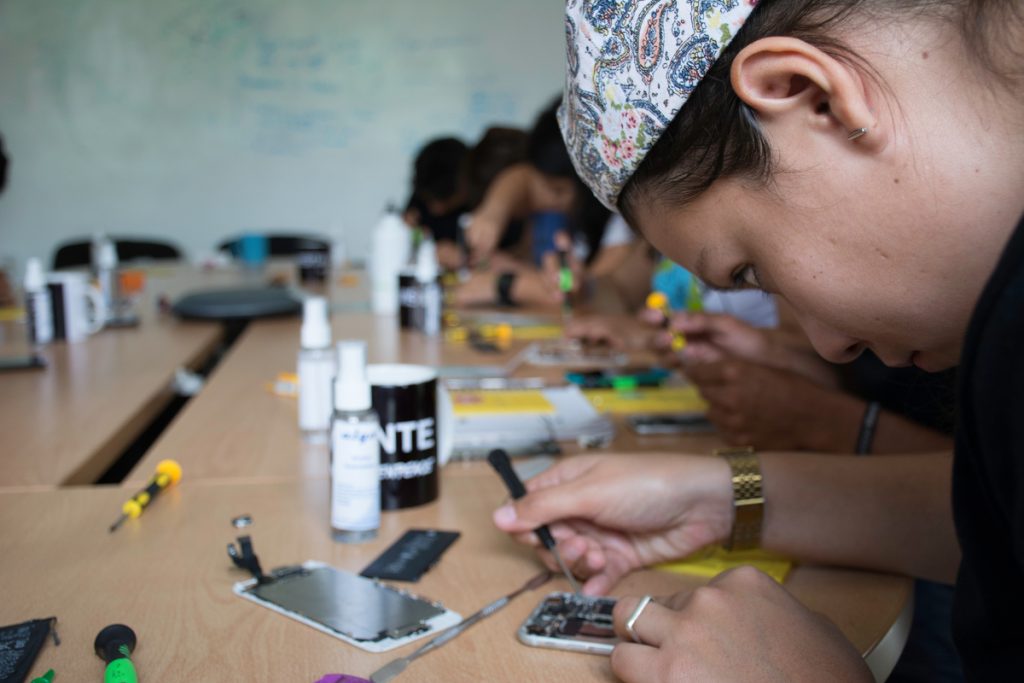
We live on a planet with limited resources. Yet our economy runs at a level where we’d need three Earths to satisfy our current rate of consumption. Our addiction to consuming more and more things is one of the root causes for 60% of all global greenhouse gas emissions
. We need to reverse unsustainable habits if we want to have a chance of staying below 1.5 ºC.
While we’ve been in lockdown we’re realising that we don’t need so many things in order to live well.
We need to reset overall consumption habits, to buying less and buying better. Cities need to work for us to reduce how much we collectively consume; promoting reuse and sharing, repairing and swapping, with access to workshops and swap-shops in every city. Recycling is the last step in the long life of a product. This would slow the pressure on raw materials and decrease waste.
4. Green spaces
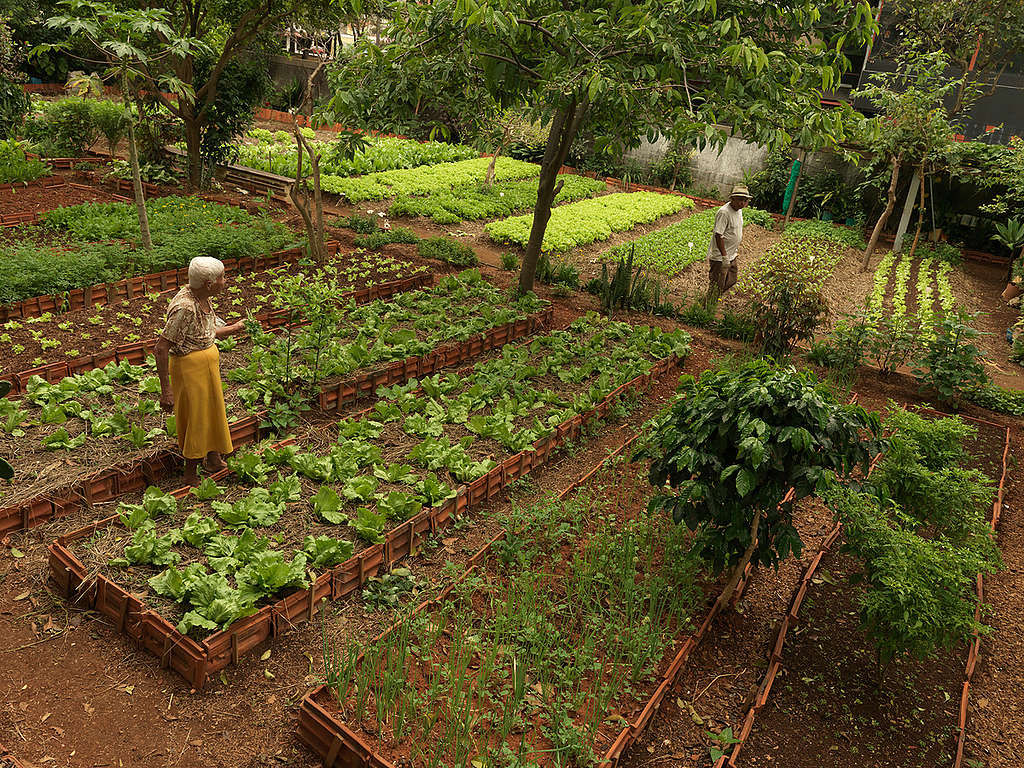
The demand for urban green areas is increasing, as a growing body of research links parks and green spaces to wellbeing. The WHO suggests
that people should live no more than 300 metres away from a green space. But in many cities, parks and other green spaces are still regarded as a luxury, only available to the privileged few.
When we have green areas in our cities, we’re encouraged to do more physical activity, relax, play, and enjoy being with others.
Transforming empty plots of land into community gardens and green spaces is a way to experience the change we want to create and to make visible the regrowth we want for our cities. Urban agriculture can involve more of us in growing our food and regenerating our cities. Green space is our way of escaping urban pressures.
Greening our empty spaces, prioritising relationships over disposable consumption, getting around by polluting less – this is what the future of our cities could look like.
A safer, better and cleaner city needs to be built step by step, through coordinated economic choices, deliberate political action, and with citizens leading the way.
Shaping the city of the future starts today and it starts with all of us.
What do you want the city of the future to look like?
Celia Ojeda Martínez is the program manager with Greenpeace Spain and leads the Cities project.

No comments:
Post a Comment
Note: Only a member of this blog may post a comment.